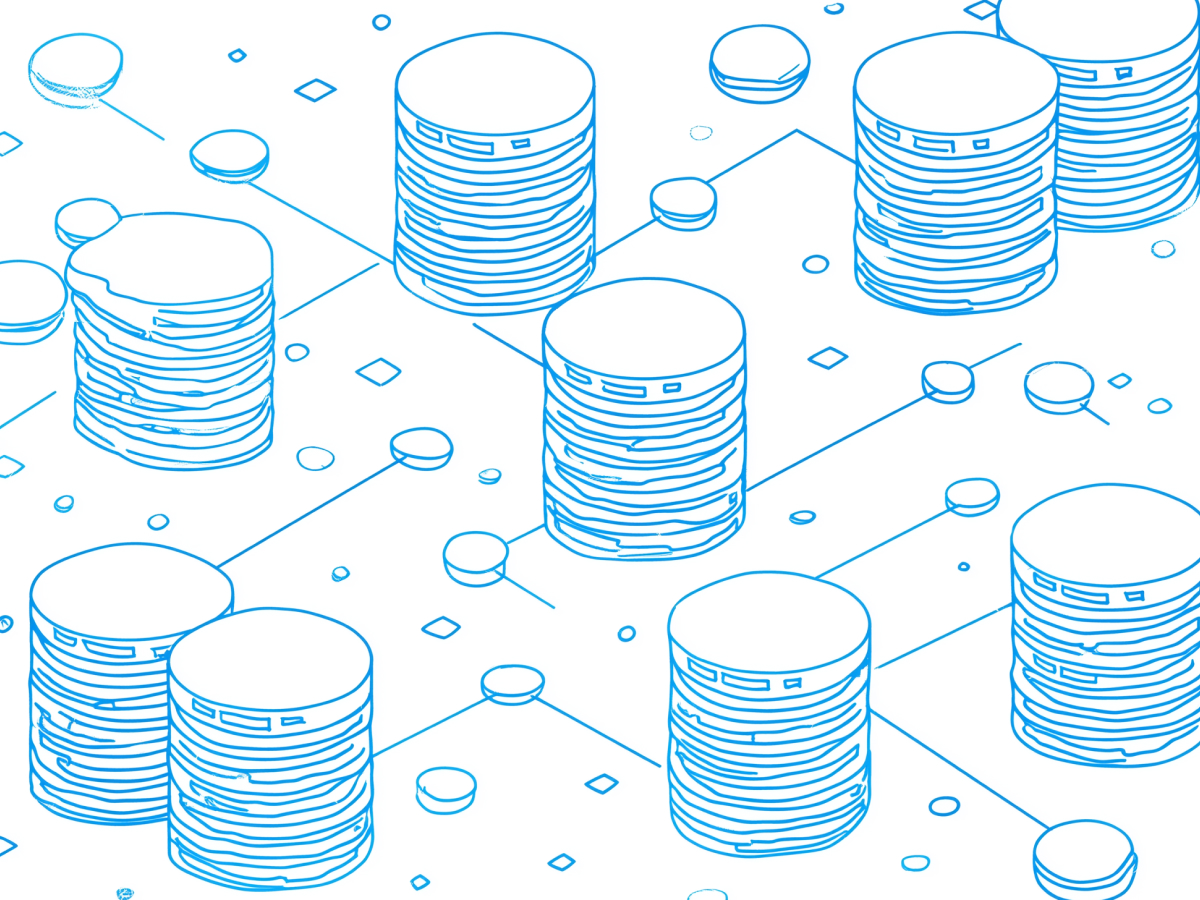The growing demand for AI skills in Scotland
Artificial Intelligence has reached a moment where its potential has become a competitive advantage. Yet, in Scotland, like much of the world, the enthusiasm for AI has outpaced the resources needed to deploy it effectively.
The demand for AI skills in Scotland is surging, fueled by businesses racing to integrate this transformative technology into their operations. However, what’s become clear is that there’s a substantial skills gap holding these organizations back. There’s a nuanced, practical skillset that we’re missing.
In order to address this, Scotland must double down on upskilling initiatives. We need closer ties between academia and industry, educational institutions need to teach the skills businesses actually need. Without this, Scotland risks being overtaken in the global tech race, and that’s a scenario no forward-thinking nation can afford.
The numbers don’t lie. Scotland’s digital technology industry is growing, but this growth will stall without a workforce trained to implement and manage AI solutions effectively. It’s an opportunity to redefine how nations prepare for technological revolutions.
Hybrid work models and their impact on skills development
Hybrid work is one of those paradoxes of modern business that keeps executives up at night. On one hand, it offers flexibility that employees love, making it a magnet for attracting and retaining talent. On the other hand, it complicates collaboration, particularly when it comes to mentoring and developing junior staff. In Scotland’s tech sector, this tension is palpable.
Tech leaders know they need employees back in the office to help collaboration and train the next generation of leaders. But stricter office mandates risk driving talent away especially in an industry where flexibility is a given.
And then there are the costs. High rents and increased national insurance contributions are squeezing budgets, making it harder for businesses to experiment with hybrid work strategies. If we don’t solve this, hybrid work could create a bottleneck in the talent pipeline where the lack of skilled, trained leaders stifles the sector’s growth.
Businesses need to get creative about striking the right balance. Training programs, mentorship initiatives, and flexible in-office policies are key for building a workforce that’s productive and prepared.
Scotland’s potential as a leader in sustainable data centres
Scotland has a secret weapon in the global race for green technology: geography. With 97% renewable energy capacity, the nation is uniquely positioned to lead in sustainable data centres. But it’s action that counts.
Scotland’s green energy production is a massive advantage, but without investments in infrastructure and connectivity, the nation risks being overshadowed by competitors like Sweden and the US, which are already making big moves in this space.
The global market for sustainable data centres is growing fast, and Scotland has all the raw materials to capitalize on this trend. But in order to really stand out, it needs to double down on security. UK data centres are now classified as Critical National Infrastructure (CNI), which means cyber resilience is a prerequisite.
This is a classic example of opportunity meeting preparation. Scotland has the renewable energy, the tech expertise, and the global demand. All it needs now is the infrastructure to connect these dots. And if it moves fast enough, it could set a global benchmark for what sustainable tech looks like.
The need for standardized security practices
Emerging technologies like AI and machine learning are changing the cyber market, offering new tools for defense but also new opportunities for attackers. Without standardized security practices, businesses are inviting vulnerabilities. Poor communication between providers, unclear ownership during attacks, and inadequate backups are just some of the challenges that plague the sector. Inconsistent rules make it even harder to address these issues effectively.
What’s needed is a cultural shift. Cybersecurity can’t just be the IT department’s problem; it needs to be embedded in every level of an organization, starting at the top. When boards take cybersecurity seriously, it cascades down through the company, creating a culture of resilience.
Standardization is the focus here. It makes sure that advanced technologies like AI are used effectively to detect and mitigate threats, rather than creating new ones. The tools are there, the question is whether we’ll use them wisely.
In short: act fast, think big, and stay secure.





